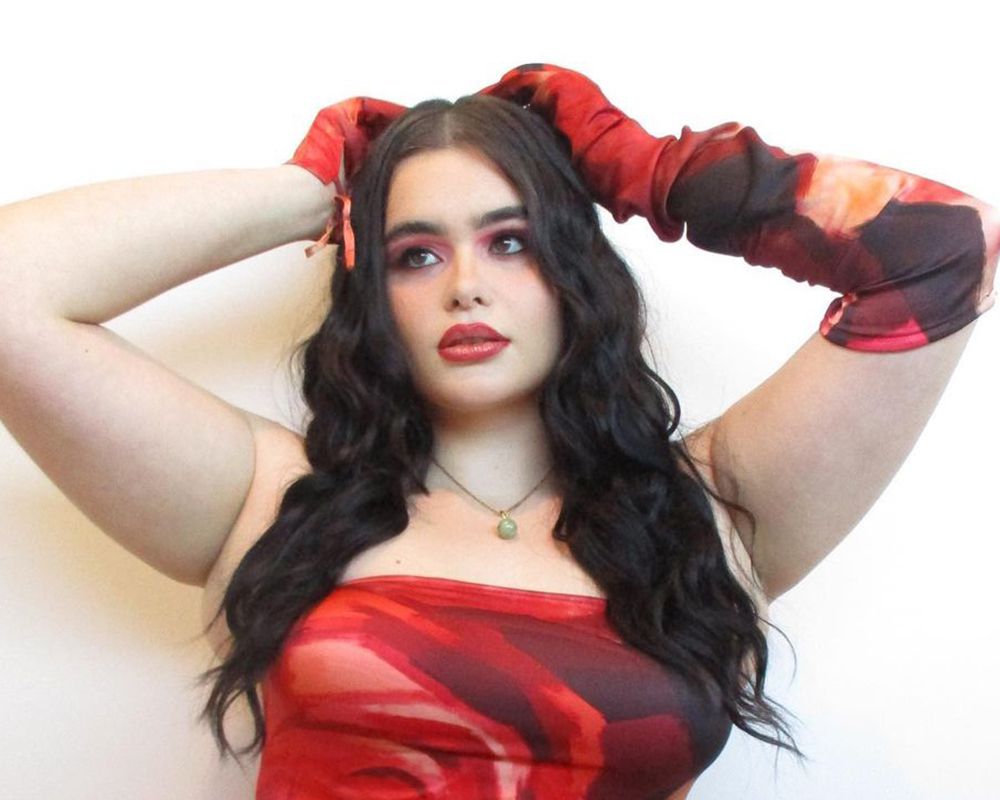You likely know your skin type, but do you also know your hair type? If you weren’t aware, hair types are categorized via a number-letter combo (yes, like bra sizes). The numbers 1 through 4 represent one of four curl patterns: straight, wavy, curly, and coily, respectively. The numbers are then paired with a letter, A through C, which refers to how tight the waves, curls, or coils are. In other words, 1A hair is super stick straight whereas 4C hair is very tightly coiled.
While the hair typing system is more well known among those with types 3 and 4 hair (given that curly and coily hair do require their own set of products, tools, cutting techniques, and more), it can be beneficial to know more about your hair type no matter what it is.
Here, hairstylists Jasmine Rilington and Alicia Bailey and certified hair practitioner Gaby Longsworth, Ph.D., explain everything you need to know about type 2A hair.
Meet the Expert
- Jasmine Rilington is a hairstylist and the founder of the Glam Room.
- Alicia Bailey is a stylist, hair texture expert, and global educator at Design Essentials.
- Gaby Longsworth, Ph.D., is a certified hair practitioner and the founder of AbsolutelyEverythingCurly.com.
What Is Type 2A Hair?
“Type 2A hair has the loosest shape S waves of the type 2s. It appears straight from the roots for a few inches and then falls into gentle S-shaped waves,” explains Longsworth. “Basically, it has just enough waviness to not be straight.” While the texture can be medium or coarse, it is typically thinner in body than the other hair types and can lack volume, she adds.
Differentiating Between Type 2A Hair and Similar Hair Types
When comparing 2A hair to its two closest counterparts, types 1C and 2B, it falls somewhere in the middle. Type 1C hair is straight, but does have a bit of body and a slight bend; 2B hair has more defined S waves than 2A hair, explains Longsworth. Another defining factor? “Type 2A hair may need more manipulation than the others to create texture because the S wave pattern isn’t significant,” says Bailey. Although to that point, it is easily straightened and styled, she notes.
How Should You Care for Type 2A Hair?
2A hair is quite manageable and low maintenance, says Longsworth. Still, there are a few key things you can do to ensure your strands are both healthy and look good.
Reach for Volumizing Products
Lightweight foams and mousses are great for adding volume and bolstering thinner 2A strands, says Longsworth. They also won’t weigh down the hair. To that point…
Avoid Heavy, Oil-Based Products
Because Type 2A hair is straight at the roots it can easily become oily: “Sebum has a much easier time sliding down straight hair than wavy, curly, or coily hair,” explains Longsworth. Those with type 2A hair should steer clear of oils or heavy oily-based creams or gels for this reason; those formulas will also make the hair fall flat at the root, making it more challenging to achieve that coveted volume, she notes.
Always Detangle
“Type 2A hair is more prone to breakage due to how fine the hair naturally is,” says Rilington. Making sure to use a detangler before brushing and styling is one easy way to help prevent breakage, she explains.
Maintain Moisture
Type 2A hair can also be more likely to frizz than other hair types, simply because there’s naturally less moisture stored in the hair, Rilington explains. Be cautious about doing things that will further dry out your hair, i.e., cranking up the temperatures on your hot tools, and reach for lightweight moisturizing products like a leave-in conditioner (particularly for your mid-lengths to ends) as well as frizz-fighters.
What Are Some of the Best Hairstyles and Cuts for Type 2A Hair?
“2A hair types really can wear their hair in a variety of ways,” says Bailey. “A short pixie, medium to shoulder-length bob, or even a mid-back length are all great options.” If you’re looking for a universal foolproof cut, Rilington says a shoulder-length style is ideal. “It adds plenty of body to the hair so that it doesn’t look flat and will compliment the waves nicely,” she says.
Still, at the end of the day, both of the stylists underscore the fact that with this hair type the products you’re using really will make more of a difference than the cut or style.
The Best Products for Type 2A Hair
:max_bytes(150000):strip_icc()/ouidad-8f4311d3d7284e7784676a40d69be2fa.jpg)
:max_bytes(150000):strip_icc()/volumelift-914ce3343bec48bd97a25ce74e9e48de.jpg)
:max_bytes(150000):strip_icc()/aa-curl-revitalizer-12oz-43116__75598.1632132816-2e481c37d99c4e9da49f0132768babd1-46318a5ee7c94b8ca514d5fcac376590.jpg)
:max_bytes(150000):strip_icc()/2562499-812341eb56e74bc7b9d34dc1aedda74d.jpg)
:max_bytes(150000):strip_icc()/masque-a95ca123fec24760961d72bf98640fed.jpg)
:max_bytes(150000):strip_icc()/masque-a95ca123fec24760961d72bf98640fed.jpg)
Every Strand
Shea and Coconut Oil Deep Hair Masque
$7.00
Use this rich and reparative mask in lieu of your regular conditioner once or twice per week. With deeply moisturizing ingredients such as shea butter and coconut oil, it helps combat dryness and also leaves hair nice and shiny, says Rilington of this pick.
Type 1A Hair: What It Is and How to Care for It
Featured Video










